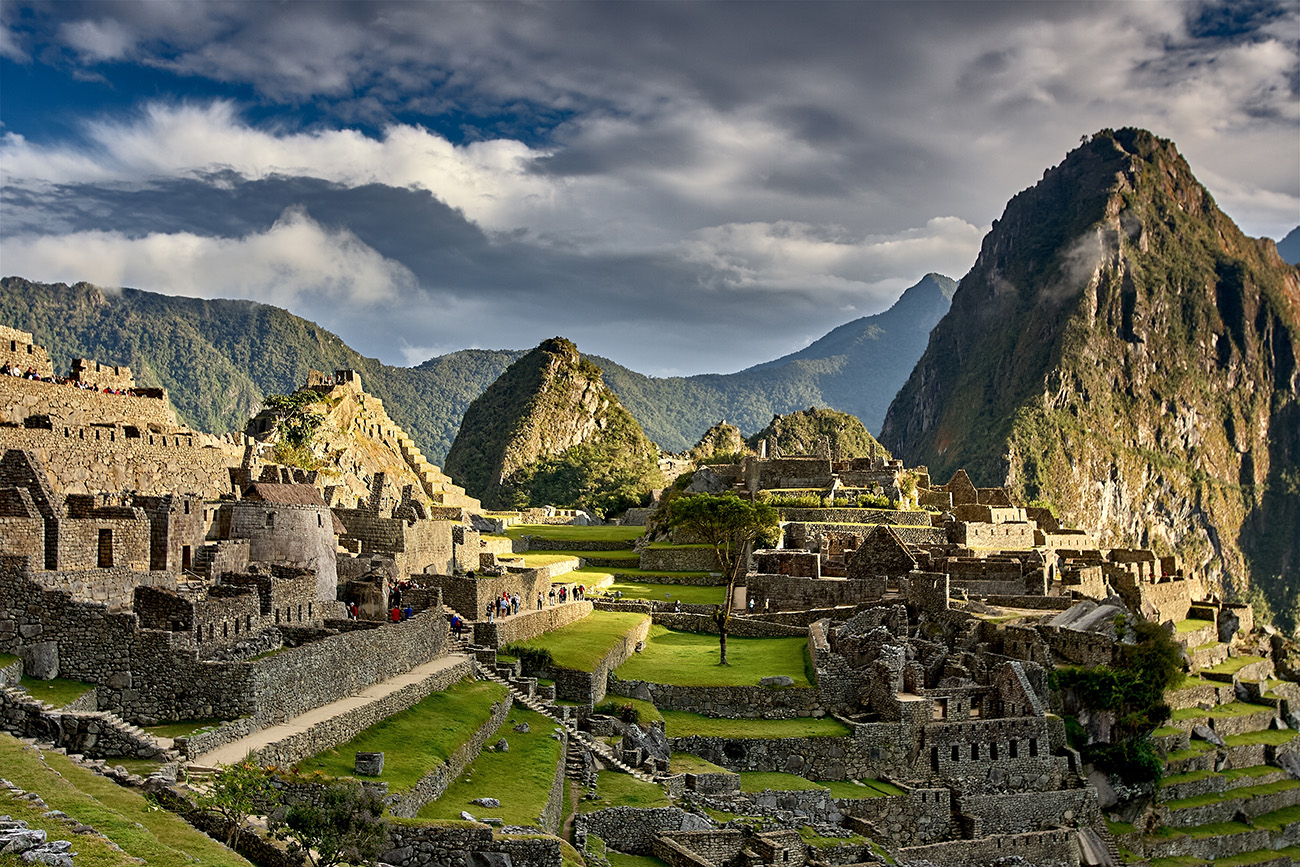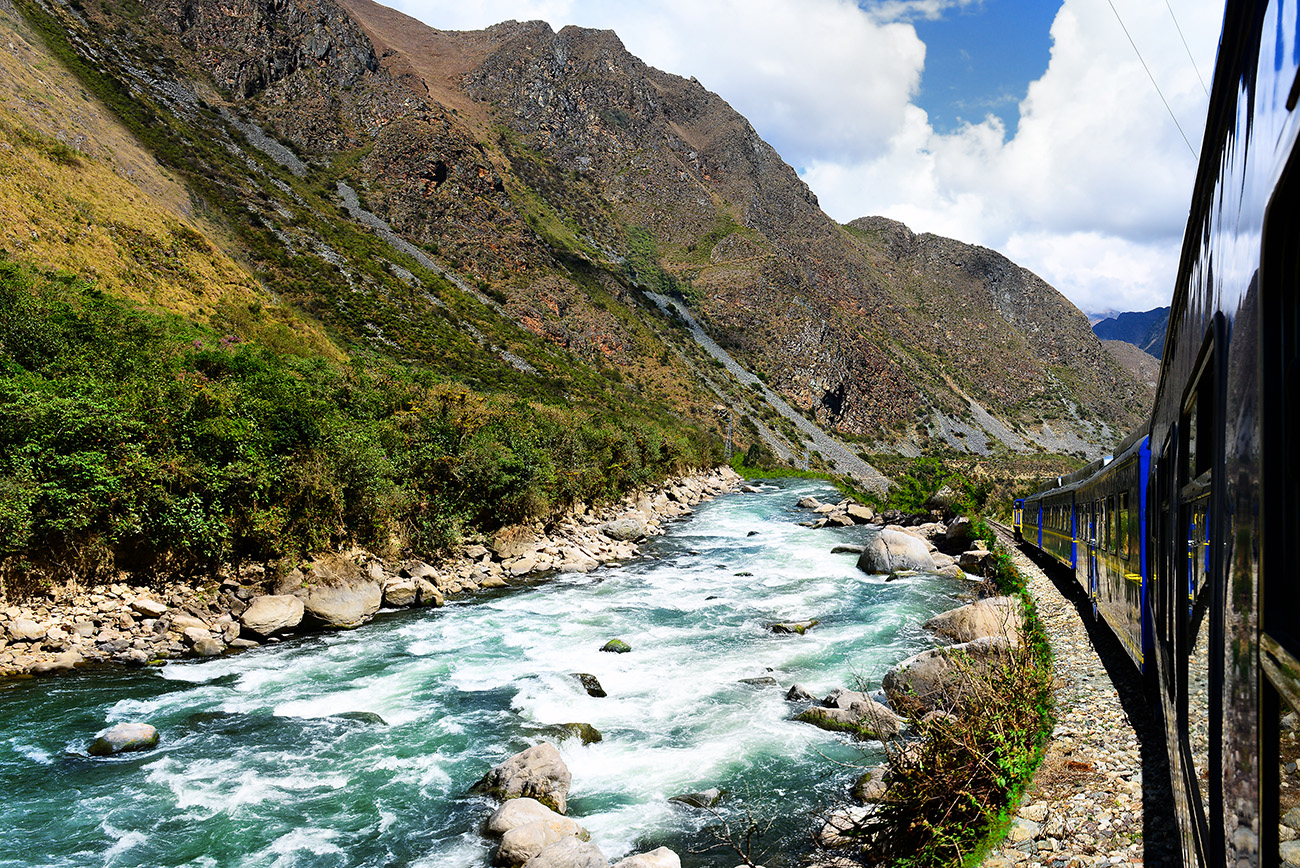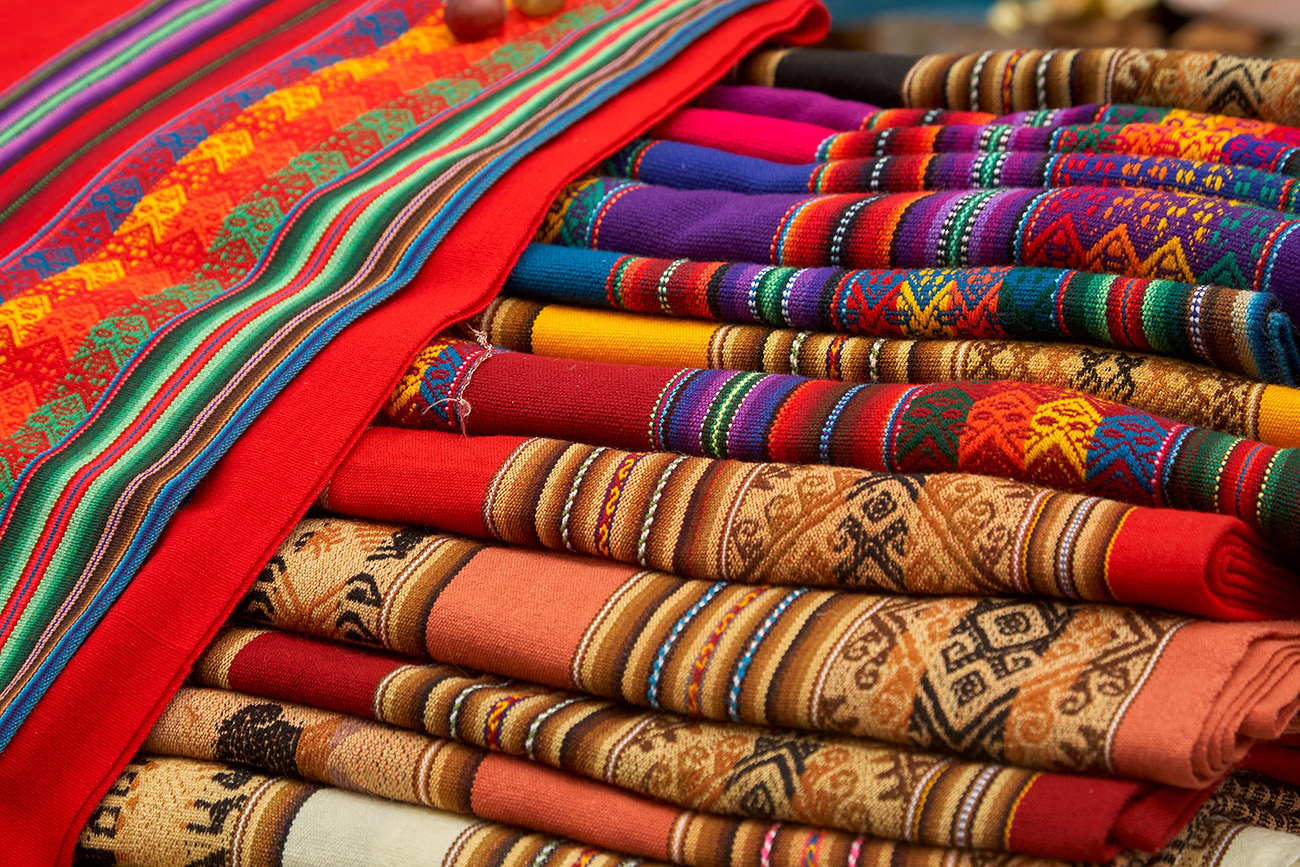Is Peru Worth Visiting?
In 2024, over 3.2 million international travelers paid a visit to Peru—a 29% increase from just one year prior. And the destination’s popularity keeps rising!
It’s easy to see what draws people in. The stunning Inca ruins of Machu Picchu are a sight to behold; in 2007, they were named among the New 7 Wonders of the World.
Then there are the rare biomes: the cloud forests of the Andes, the surreal tropical deserts of the coast, and the colorful high-altitude grasslands of Vinicunca (the “rainbow mountain”).
And, last but not least, there’s Peru’s culture. From awesome spiritual centers—Iglesua San Pedro de Andahuaylillas, Nazca Lines, basilicas, Inti’s temples, Pachacamac—spanning faiths and centuries, to traditional textile arts, cuisine, and indigenous music and dance: every piece a thread in the rich tapestry of the uniquely Peruvian way of life.
And yet! Doesn’t every place have a history? What country doesn’t have its own culture?
Popularity alone isn’t a persuasive answer to the question:
Is Peru actually a good place to visit on an international trip?
Or…is it over-hyped?
To find out, discover a bit more about this unassuming South American nation. Then, consider what it may have to offer a world traveler like you.

Ancient Wonders and Inca Heritage
Peru brings the wonders of the ancient past to our living present.
Consider Machu Picchu. First built by the Inca in the 13th century, it remains a masterwork of architecture to this day.
Centuries after its inception, the ancient structure of stairs and temples, rising up among the Andes mountain forests, continues to inspire awe.
And it’s not the only revelatory ancient structure in Peru. Visitors can step back in time throughout a trip—whether to explore centuries-old sites like Sacsayhuamán, or the millennia-old Huaca Pucllana in Lima. There are few other places where people can see ancient mysteries firsthand.
Landscapes Beyond Imagination
Peru is one of the most biodiverse places in the world. Experience awe explore natural vistas with unmatched wildness and beauty.
Watch sunlight filter through the morning fog, hiking through the rare cloud forests of the Andes Mountains. Thanks to their elevation, the tropical forest’s water vapor cools into pillowy fog as it rises.
Look closely, and you might catch a glimpse of a rare Peruvian yellow-tailed woolly monkey, or an Andean cock-of-the-rock: creatures you won’t see anywhere else on Earth!
Peru’s cloud forest holds The Historic and Natural Sanctuary of Machu Picchu in Urubamba, a protected UNESCO heritage site. This nature park preserves over 200 ancient Inca structures among its flora and fauna.
The Andes also host The Sacred Valley of Peru. There, you’re free to raft the Urubamba River, or relax in unexpected hot springs.
Explore montane trails on bikes, off-road ATVs, and even on horseback. As you go, enjoy the high-altitude grasslands of Vicuna, Peru’s “rainbow mountain.” Its colorful stripes are bolder and more vivid than any postcard could possibly depict.
Of course, no tour of Peru’s picturesque landscapes would be complete without the Amazon Rainforest or The Chala. Explore Peru’s rare “desert coast” near Lima, and walk the treetop bridges to see the rainforest from its canopies.
A Culinary Capital of the World
Peru’s unique mosaic of rare ecosystems, its millennia-deep multicultural history, and its position as a global gateway to South America, combine to make the country’s food culture among the best on Earth.
What makes Peru a culinary capital of the world? Ceviche, traditional Andean cuisine, and desserts!
In 2033, UNESCO declared Peruvian ceviche a key piece of humanity’s Intangible Cultural Heritage.
Ceviche is a rare, fresh-caught fish dish served in a citrus marinade. Scholars can trace its roots back to the people of Peru’s north-central river valleys 5000 years ago, and the influence of Peruvian Nikkei on its modern iteration.
Traditional Quechua food is festive with complex spice profiles. Take tacu-tacu: this fried rice-and-bean cake is a great savory snack, and it’s made perfect thanks to generations of Andean chefs perfecting their heritage recipes.
For travelers with a sweet tooth, Peru offers richness and variety. Romantics might enjoy a Suspiro Limeño, a fluffy merengue named for the capital city. Adventurous eaters delight in sweet mazamorra, an iconic purple corn pudding, while torta helada cake is a fun treat for the whole family.
Culture, Festivals, and Local Life
In Peru, hundreds of human cultures have grown, changed, and shaped one another for thousands of years. The effect of those shifts across time is a vibrant, multicultural country–one with unknowable deep roots.
Visitors can immerse themselves in Peru’s multifaceted culture in a wide range of ways. Homestays with traditional Quechua families give visitors an intimate glimpse of indigenous life in the Andes. Weaving performances showcase the living, vibrant art form of Inca textiles. Exhibits of Inca quipus and mummies bring back once-lost parts of Peru’s ancient cultures. And everyone’s invited to join the festivities of Peru’s biggest holidays (whether that’s Inti Raymi or El Señor de Los Milagros!)
Adventures and Outdoor Experiences
Few places on Earth do adventure like Peru. Its mountain paths host one of the most iconic, “bucket list” hikes on Earth: The Inca Trail.
The Inca Trail is an ancient stone roadway hewn into the mountains. Travelers can start at Piscacucho and follow it to Machu Picchu—climbing over 6000 feet and 70,000 stone stairs.
And that’s not the only outdoor adventure to be had. Bold visitors can brave Huayna Picchu’s “Stairs of Death,” traverse the swaying Q’eswachaka bridge, raft the Urubamba River’s rapids, zipline through the Amazon, and ride Peruvian Paso horses along the western shores.
If you bring the skills, Peru offers the thrills.
Take a Worthwhile Trip With Caravan
Caravan’s all-inclusive Tour of Peru With Machu Picchu is absolutely worth your while. To book your spot, call 1-800-227-2826. Or, connect with us by calling +1-312-321-9800 for more information.


